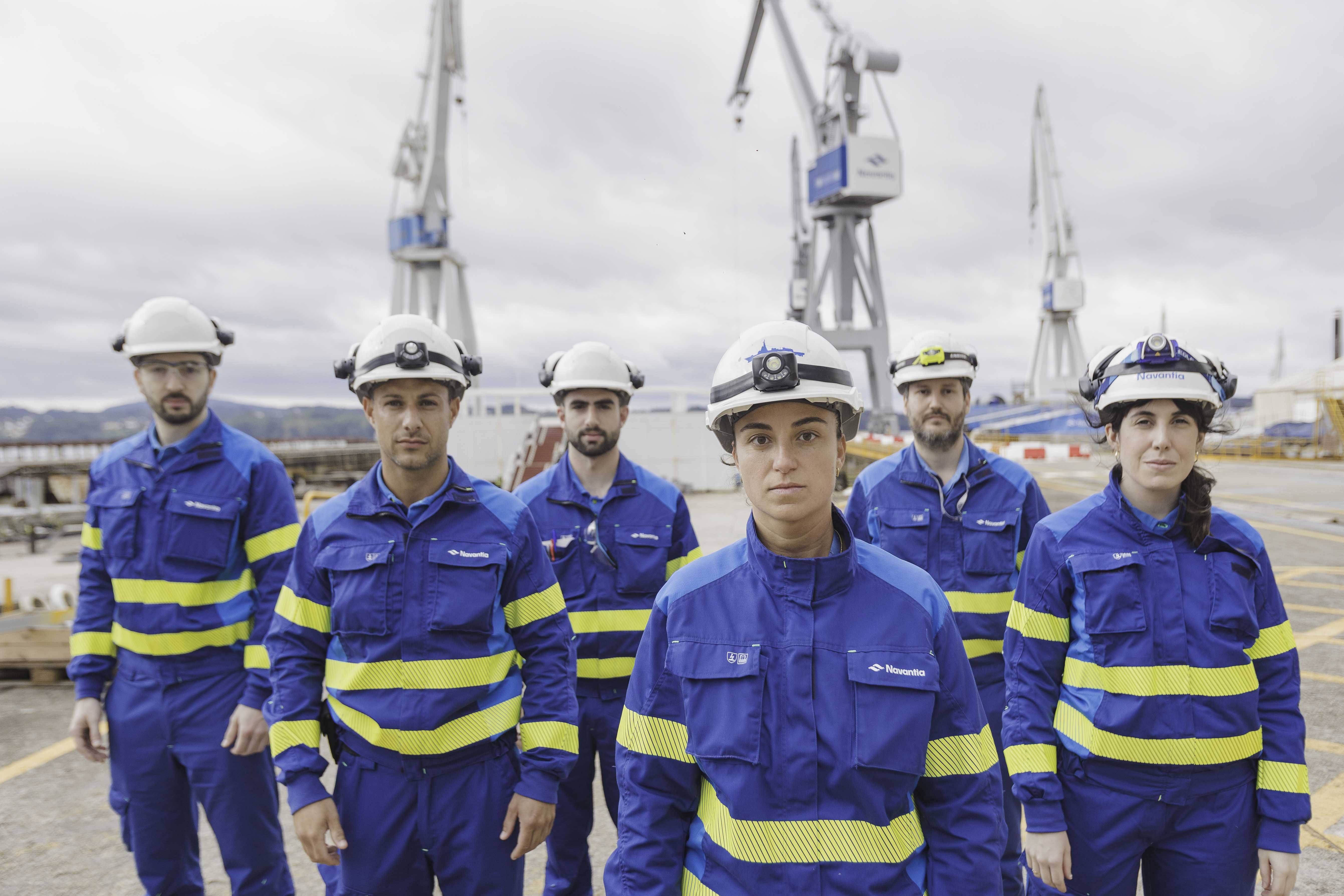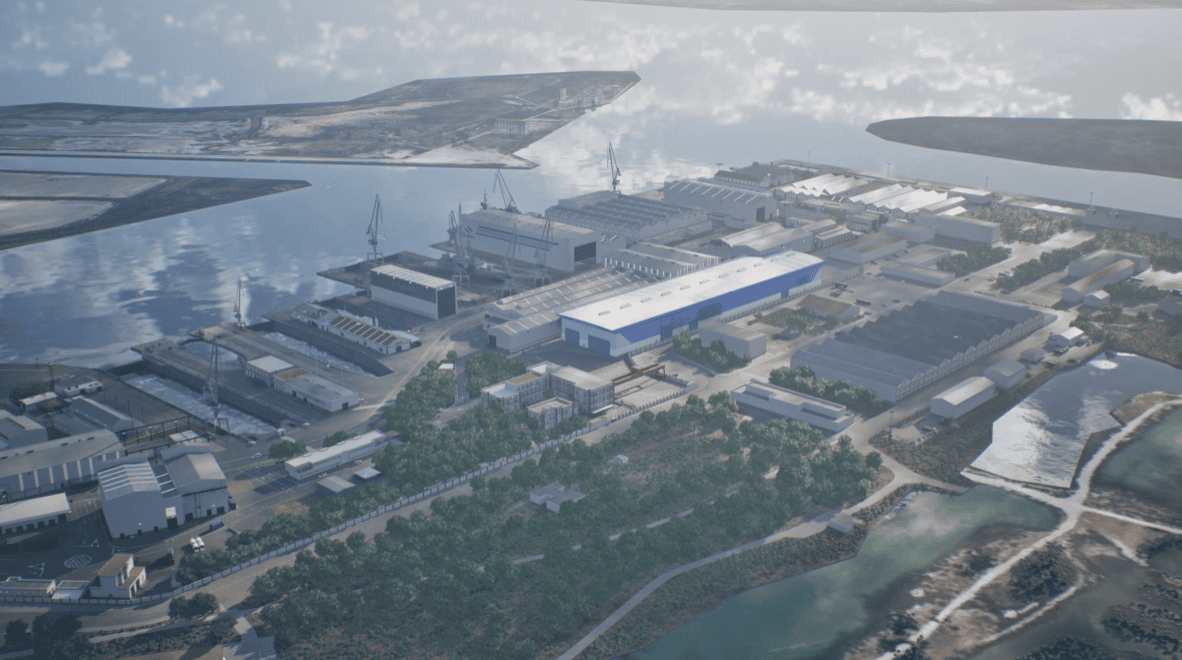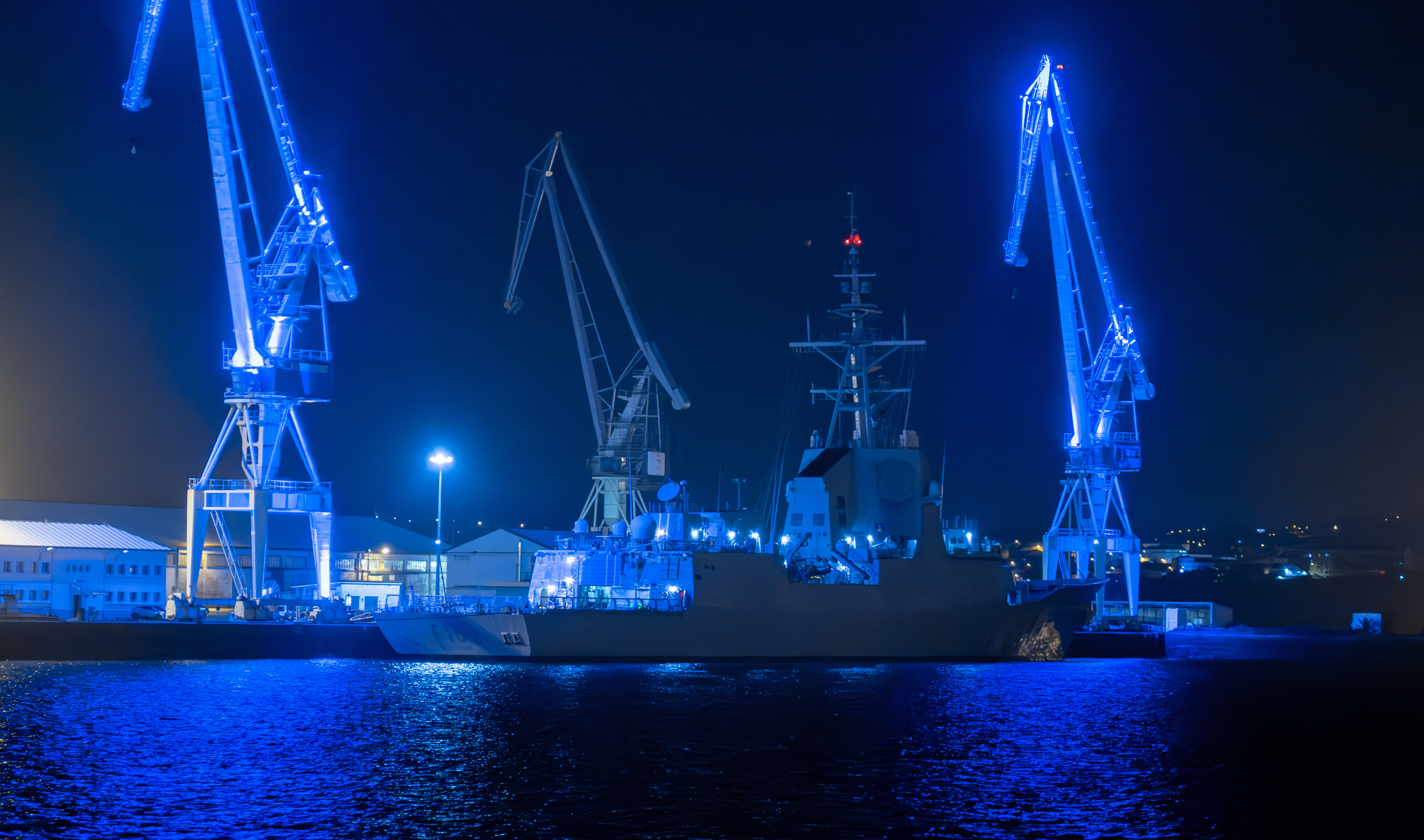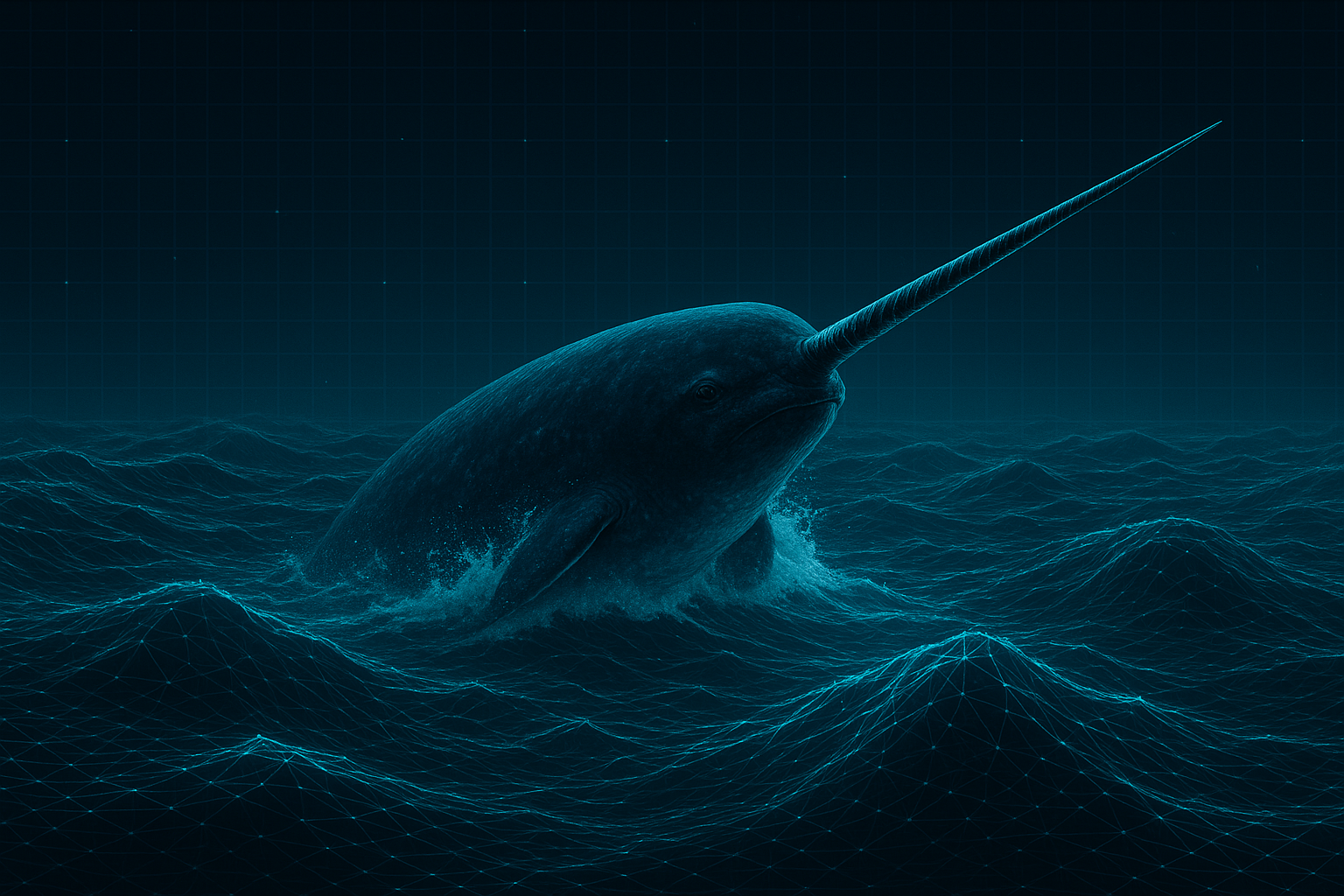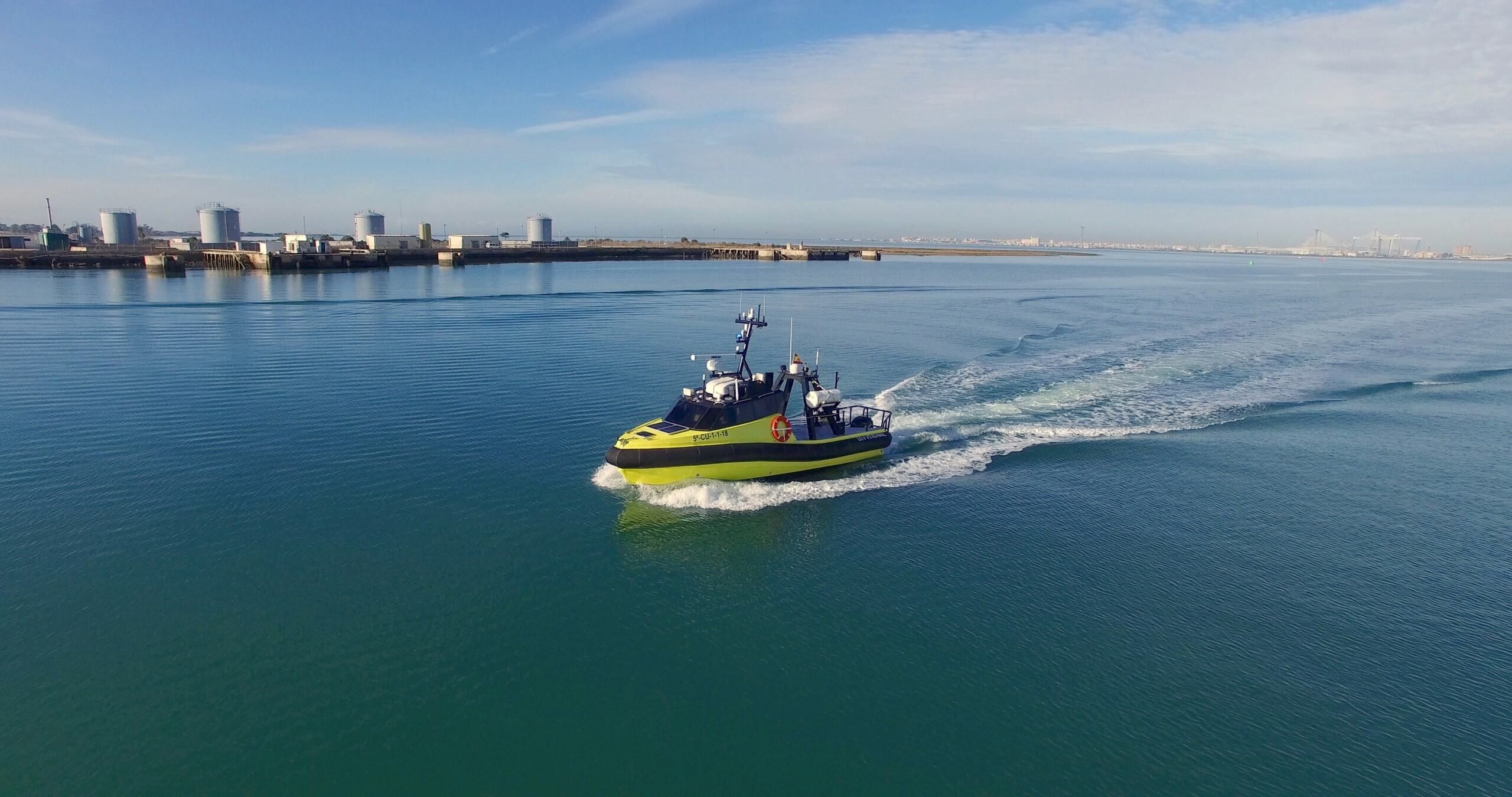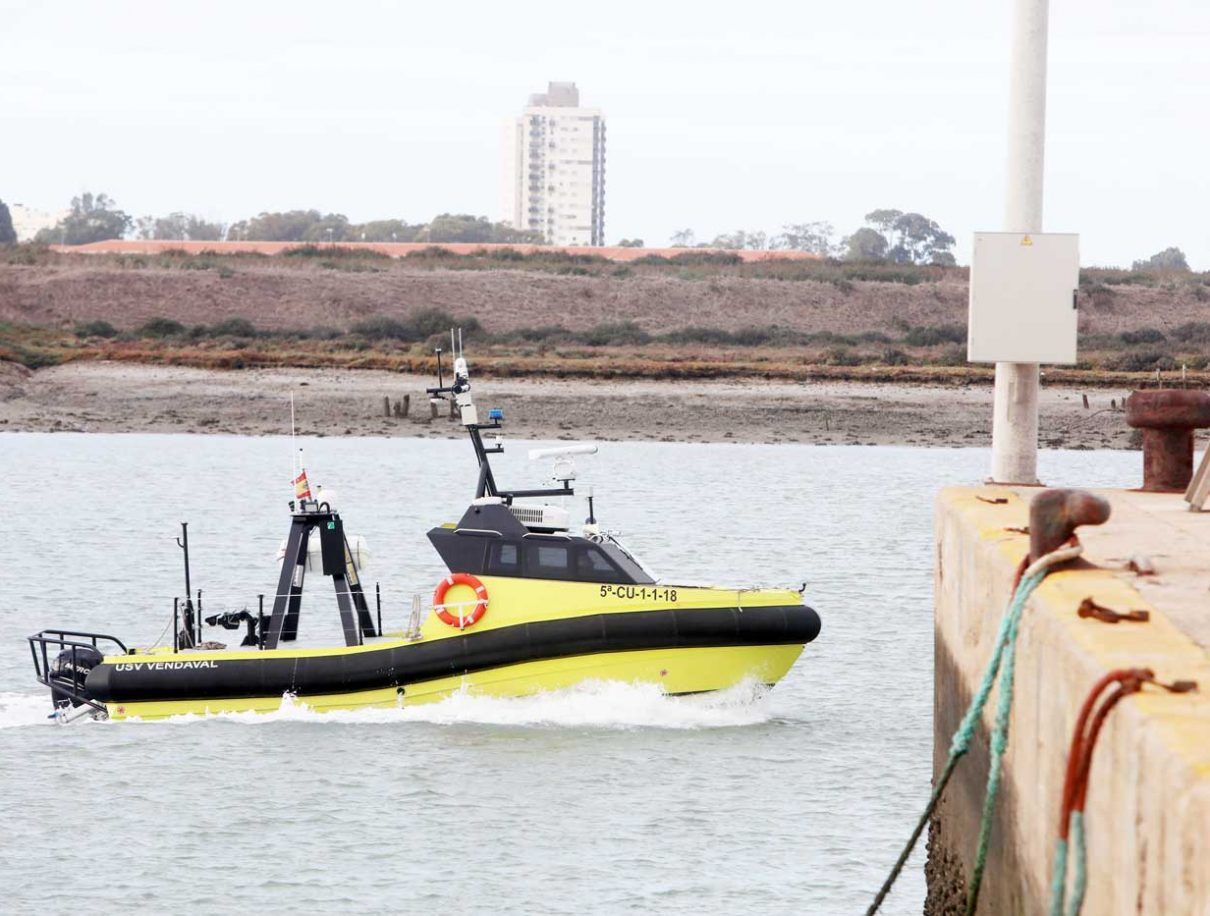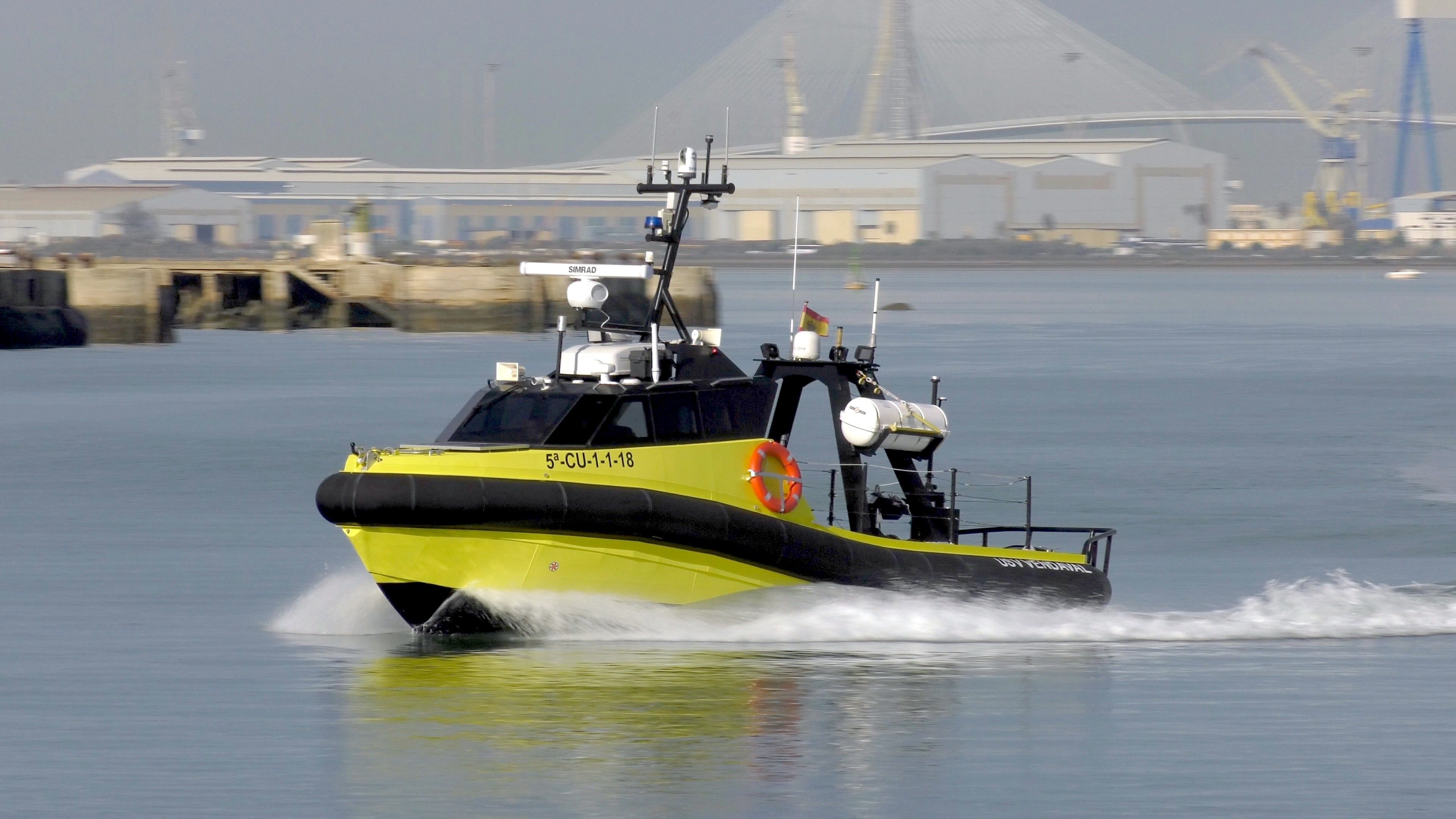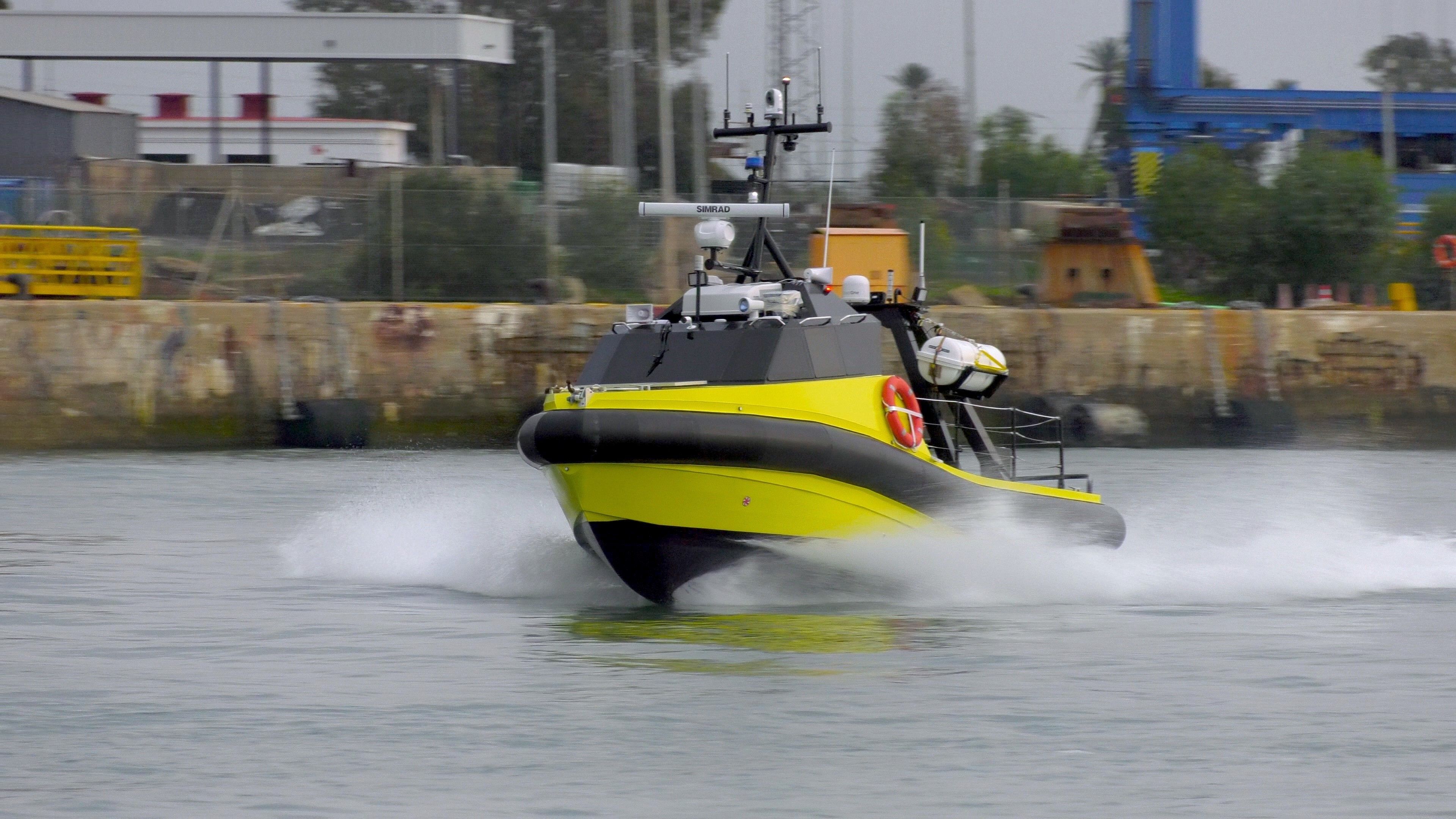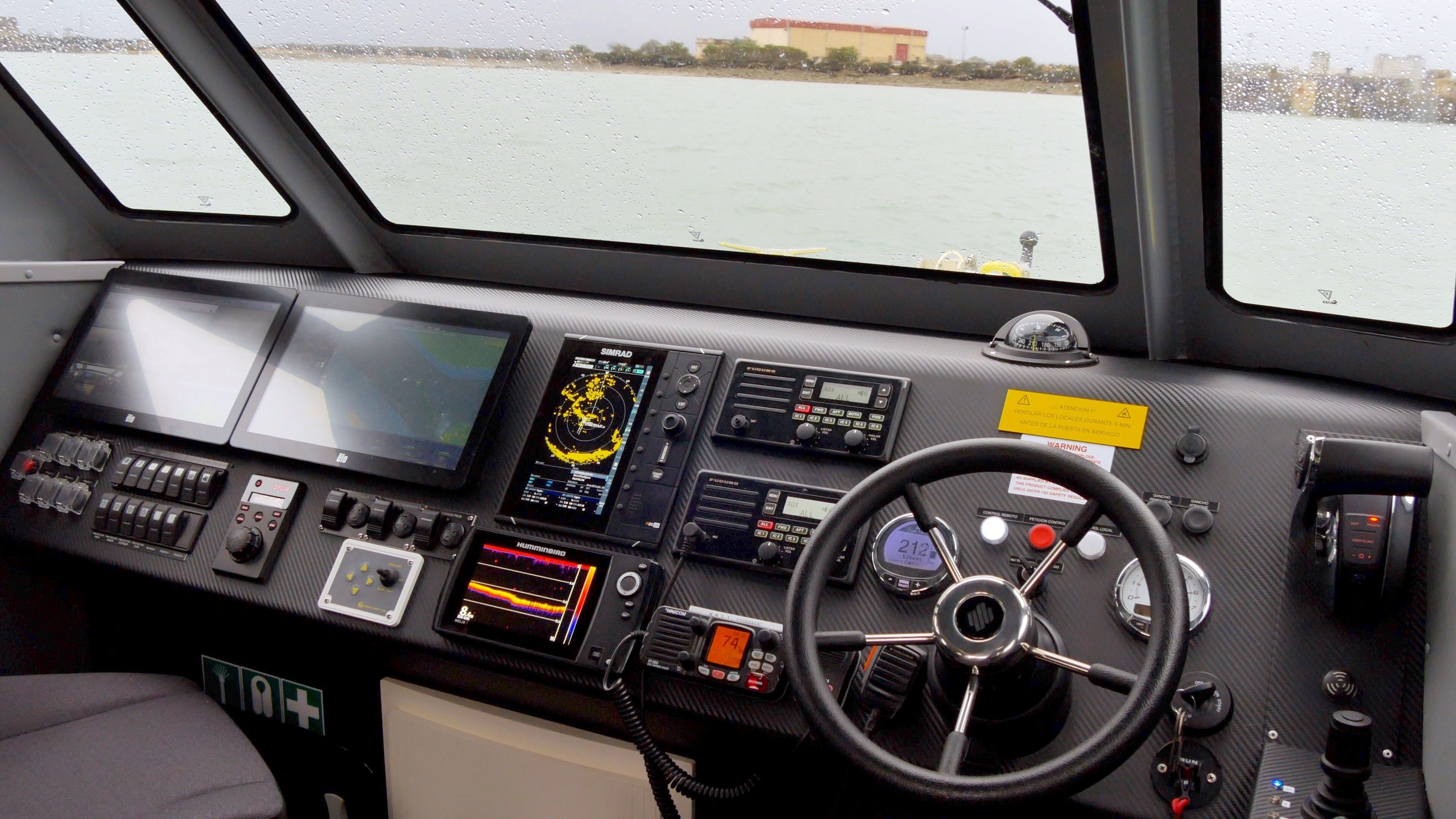Welcome to Navantia
Naval construction, systems, repairs, services and Navantia Seanergies
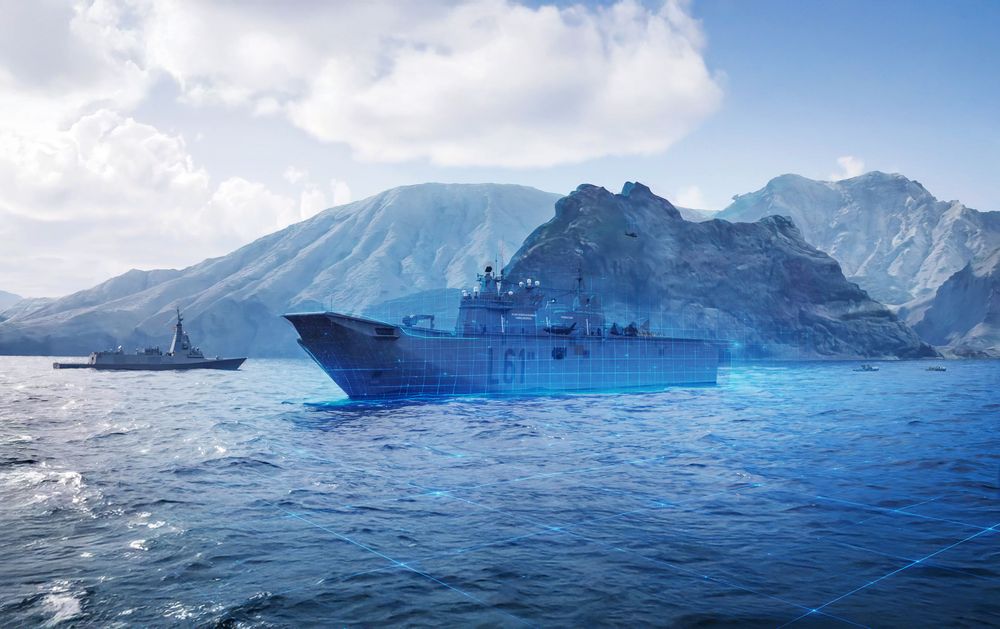
Digital Product Portfolio
Product Portfolio
An innovative portfolio showcasing a selection of our key products, capabilities, and technologies
High value-added products and services
COEX Centres
COEX · Advanced Manufacturing
materials manufacturing innovation
COEX · Digital
Twin
digital twins for optimal decisions
COEX · Green Energies
marine energies, hydrogen and sustainability
COEX · Naval
Systems
cybersecure technology for advanced ships
COEX · Smart Services
smart services for reliable assets
COEX · Smart
Ships
innovative designs for future ships
Navantia World
Navantia Seanergies
Our green division: foundations, substations and floating offshore wind platforms
Navantia UK
Leading provider of advanced naval solutions. Discover our projects, innovations and leadership in the UK naval industry.
Navantia Australia
Navantia Australia is committed to supporting the growth of Australia’s shipbuilding and maintenance industry.






